This article is written by Shradha Jain pursuing Diploma in Intellectual Property, Media, and Entertainment Laws from LawSikho.
Table of Contents
A brief overview of patent drawings
A drawing/diagram is a vital factor in the patent application for a better understanding of the invention by a common man. Patent law also mandates the requirement for drawings in a patent application, which makes it advantageous to convince the examiner and to expedite the whole process. To appreciate the true value of a quality patent drawing, it is important to understand that it is a complex process. There are two main objectives; firstly, we have to differentiate it from the already existing/known inventions which are referred to as prior art. The invention has to be non-obvious and novel in this perspective. Secondly, to make sure that it complies with certain predefined standards set out by the patent office.
The patent drawings and diagrams are normally used to correspond to patent claims themselves as per the patent drawing rules. High-quality diagrams/drawings/illustrations are an important component of these detailed patent applications because they help achieve both of these core objectives in one go. A high-quality illustration also allows you to capture the differences and novelty of the invention, very easily and clearly. It can also help you meet the support requirements more simply and effectively. Thus, patent drawings are an inevitable part of any patent.
What is meant by patent drawings and what are the requirements?
“A patent application or patent may contain drawings, also called patent drawings, illustrating the invention, some of its embodiments (which are particular implementations or methods of carrying out the invention), or the prior art” as defined by Wikipedia. The drawings include both utility patents and design patents illustrations. The drawings may be required by the law to be in a particular form, and the requirements may vary depending on the jurisdiction. Patent drawing acts as a visual material supporting the invention. Depending on the patent invention it can use tables, chemical or mathematical formulas, graphs, waves of electrical signals, and symbols. Patent drawings can be of the following types:
- Utility,
- Electronic,
- Mechanical,
- Drawing-exploded,
- Drawing-graph,
- Flowchart and schematics,
- Sectional views,
- Perspective views.
The above image is an example of a mechanical drawing of an aerial machine by Emile Losses (US Patent Specification 996,361).
The above image is an example of a flow chart of Intelligent Automated Assistance (US20120016678A1).
The above picture is a drawing for J.J. Hentz’ Bicycle
For filing in India, where explanation by drawings is required to support the invention, these drawings must be prepared in accordance with the provisions of Rule 15, provided that in the case of a full specification, if the applicant wishes to do so with drawings submitted to its provisional specification as drawings or parts of the drawings for the full specification, it suffices to refer to them in the full specification as those in the provisional specification.
Rule 15 of the Indian Patent Act and Rules 1970, as amended in 2005 provides the following requirements for a drawing submitting along with a specification in order to illustrate an invention :
- The drawings must be accompanied by the specifications to which they refer.
- At least one copy of the multiple copies of the drawings (if submitted) should be made neat and tidy on durable paper.
- They should be drawn on A4 sheets of paper with a free margin of at least 4 cm at the top and left and 3 cm at the bottom and right of each sheet.
- It must be of sufficient scale to depict the inventions and its dimensions must not be marked on the drawing itself.
- They must be numbered consecutively or systematically and must bear the name of the applicant, the consecutive sheet number, and the signature of the applicant or, if done by his representative, his signature.
- There should be no descriptive matter in the sheet on which drawing is made except for flow diagrams if required.
Coming to the drawings for design patents, they are covered under the Design Act, 2000 and Design Rules, 2001. Industrial design, which is also known as patent design, is protected in India under the Designs Act, 2000. It refers to creative activity which results in the ornamental or formal appearance of a product. The specifications for compliance are given under Rule 14 of the Design Rules. 2001.
Rule 14 provides the following requirements:
- The four copies to be submitted according to Rule 11 must resemble the sample and be drawn on sturdy A4 paper (and not on cardboard) and only on one side of each sheet.
- If multiple figures are shown on the same sheet, each of which must be designated after a perspective view, a front view, or a side view.
- If the words, letters, or numbers are not the essence of the design, they must be removed and, if necessary, a disclaimer must be provided to claim the right to their exclusive use.
- Each representation consists of a repeating pattern. It must show the repeating pattern, but the size must not be less than 5 x 4 inches or 13.00 cm x 10.00 cm in length and width.
- If someone’s name appears on the design, that person’s consent must also be provided. In the case of the deceased, the consent of the legal heirs must be presented.
Compliance requirements vary from jurisdiction to jurisdiction but in general, it relates to the size of the paper, font size, margins, layout, labelling, and numbering. Lines used in drawings must adhere to a specific thickness and style, along with the level and kind of shading.
The patent drawing should be made in such a manner that a person from the respective field can understand it easily. The drawing should consist of the level of detail necessary to enable further the claim of application and to prevent itself from future prosecution. For this purpose, it should contain a disclosure regarding the whole drawing or a specific part that might be described in minute detail.
Four most common rejections by USPTO or PCT
However, there are a few issues concerning drawings on account of which patent applications might be objected to/ rejected. A portion of the issue because of which complaints might be raised are given below.
- Sheet Margin Rejection: A very common rejection, it is applied when the drawings are out of margin.
Rejected
Corrected
- Line quality: It is applied in case of poor line quality of the drawings.
Rejected
Corrected
- Text height: The most common rejection is the small text height. As per PTO guidelines, the height of the letters should not be less than 0.32 cm.
Rejected
Corrected
- Grayscale drawings: If a drawing can be shown with lines, then the PTO will object to the grayscale drawings. So, it is always better to create the line art form of the drawings.
Rejected
Corrected
The list is not exhaustive and conclusive and the objections or issues in the drawing will be raised based on its design, structure, description given in the application matches the drawing and so and so forth.
In light of the above discussion, it is important to recognize that non-compliance with standards and the lack of knowledge and skills required to create patent illustrations can result in objections being filed during patent examination, resulting in increased time and costs for the patent application.
Applications that were rejected
-
Inc. v. Avia Group Int’l
In this case, the drawing was rejected because the disclosure was silent on the question of the precise proportions of the creation. “[I]t is well established that patent drawings do not define the precise proportions of the elements and may not be relied on to show particular sizes if the specification is completely silent on the issue”.
-
Jockmus v. Leviton
In this case, pictures and drawings may be sufficiently enabling to put the public in the possession of the article pictured. Therefore, such an enabling picture may be used to reject claims to the article on the basis of the prior art. However, the picture must show all the claimed structural features and how they are put together.
What are the challenges involved in patent drawings?
-
Technical in nature
Since patent drawings are very technical if they lack the technical accuracy and tools needed for quality illustrations it might lead to rejection of the application as a whole, where the drawing is mandatory to support the claim of novelty and non-obviousness. It is to be noted that it is not the quality of tools that is important but the quality of illustration. Also, the patent office is requiring a very specific illustration, if it has not complied with it might be rejected.
-
Data as drawings
This is for chemical and biological experiments conducted and where the printouts of lab reports are submitted as data to the Patent office. The drawing requirements according to Rule 15 of Patent Rules, 2003 specifies that it has to be on A4 size paper and is preferred in black ink. It poses all sorts of a problem because data requires color coding and it would be possible to depict only a graph in black and white and if color is to be used then it requires a proper justification, on the failure of which the application shall be rejected.
-
Inconsistencies
Another major challenge for inventors is the discrepancy between the claim and the drawing which in many instances leads to rejection. Times Three Clothier, LLC v. Spanx, Inc, in this case, the US court rejected two out of three patented claims because it observed fatal inconsistencies.
-
Cost
Professionals are required to have knowledge of various jurisdictions and their specifications like that of US, EPC, CNIPA. Also, they have access to tools like ChemDraw (for chemical drawings), Visio (for drawing flowcharts), and AutoCAD. This leads to the solo investor spending a fortune on these drawings and if rejected disheartens him from reapplying.
Conclusion
Patent drawings are necessary for giving a reasonable, simple, and fast showing of the novelty. In the year 2014-15, an aggregate of 42.7 thousand patent applications were recorded which expanded to 56.2 thousand every 2019-20. The expanding pattern shows that the designers are utilizing the conventional cycle for the security of their creations. With this, the interest for gifted and experienced people for drawings is on the ascent. This shows us the significance of drawings going with the applications. It is likewise significant that candidates remember the prerequisites and stick to them in the strictest sense to save themselves from extra expense engaged with the drawings and dismissals.
References
- https://www.lawyer-monthly.com/2020/10/how-important-are-patent-illustrations/
- https://www.invntree.com/blogs/patent-drawings-and-their-importance-in-a-patent-specification
- https://ipindia.gov.in/writereaddata/Portal/News/505_1_Draft_MANUAL_OF_PATENT_OFFICE_PRACTICE_AND_PROCEDURE_01-03-2019.pdf
- http://www.patentregistration.co.in/patent-drawings/
- http://www.trademarklitigationindia.com/patent-drawing/
- http://www.patentlawindia.com/patent-drawings.php
- https://factly.in/data-number-of-patent-other-ip-applications-increase-in-india-in-recent-years-though-lagging-behind-other-major-countries/
- https://www.desillus.com/post/4-most-common-rejection-by-uspto-or-pct
Students of Lawsikho courses regularly produce writing assignments and work on practical exercises as a part of their coursework and develop themselves in real-life practical skills.
LawSikho has created a telegram group for exchanging legal knowledge, referrals, and various opportunities. You can click on this link and join:
 Serato DJ Crack 2025Serato DJ PRO Crack
Serato DJ Crack 2025Serato DJ PRO Crack


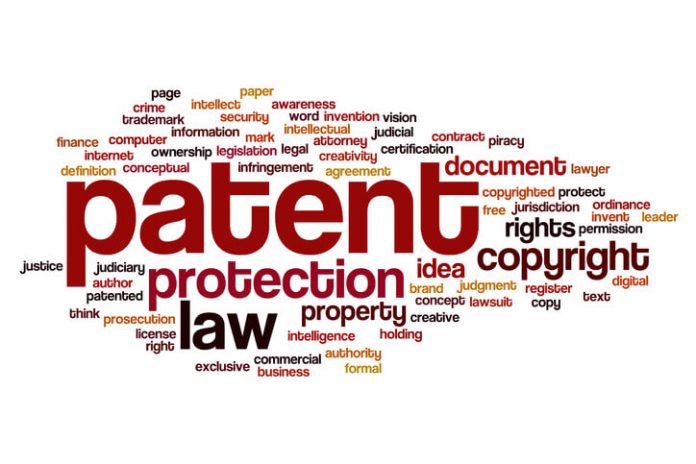


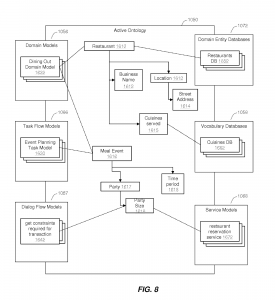
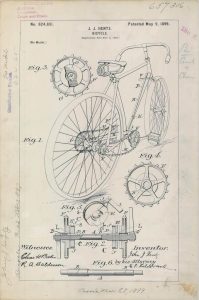


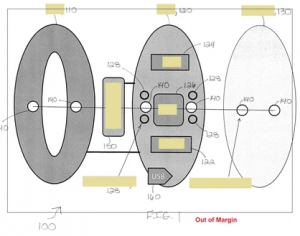
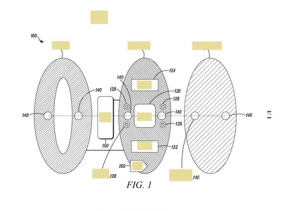
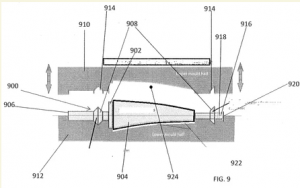
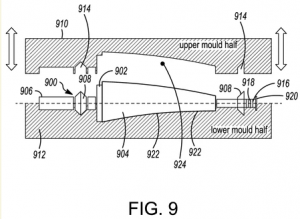
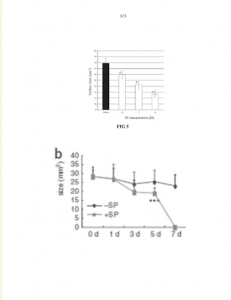
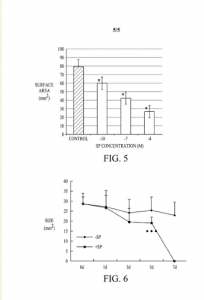
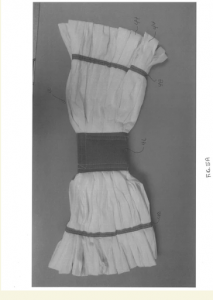
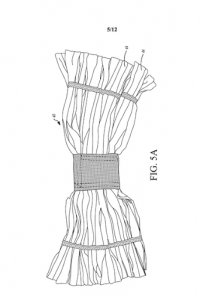





 Allow notifications
Allow notifications


